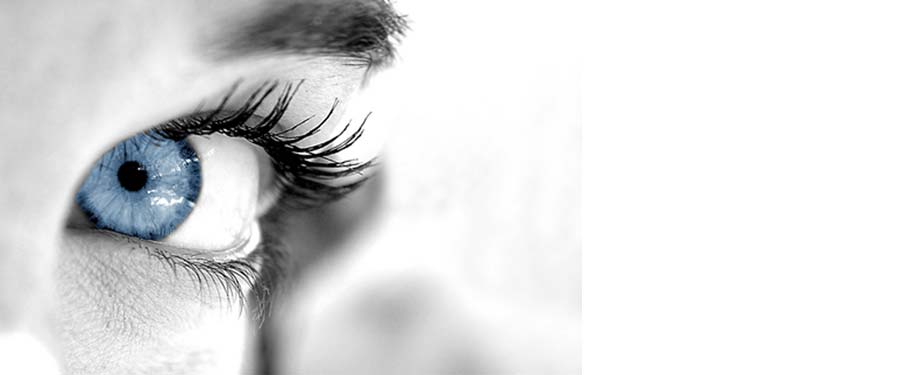GET THE CLEAR PICTURE!
For many years, the only way to correct refractive errors or focusing problems was with glasses or contact lenses. Recent advances have now made it possible to surgically alter the eye's refractive power to eliminate or lessen the need for glasses or contact lenses. There are several types of procedures to accomplish this, some old, some new and some soon to be available in the future.
What is refractive surgery or Laser Vision Correction?
Laser Vision Correction is a revolutionary medical procedure that allows most people freedom from glasses or contact lenses. A cool beam of laser light microscopically reshapes the front contour of the eye, the cornea, improving its focus. LASIK is the technical name of the most common Laser Vision Correction procedure used in recent years. PRK is another type of Laser Vision Correction and is very similar.
What types of vision conditions can be improved?
LASIK can benefit most people with nearsightedness (myopia), farsightedness (hyperopia), and astigmatism. One of the major functions of the front surface of the eye, or cornea, is to focus light. Nearsightedness, or myopia, occurs when your eye is too long in relation to the curvature of your cornea. Things are better seen close up than at a distance. Farsightedness, or hyperopia, occurs when your eye is too short in relation to the curvature of your cornea. Things are better seen at a distance than near. Astigmatism exists when your cornea has an irregular, oval shape and the focus is twisted. Laser Vision Correction, or LASIK, is not able to remove cataracts, correct presbyopia, or treat a lazy eye.
What is LASIK?
The most commonly performed refractive surgery is called LASIK. With LASIK, a very thin flap is made in the corneal surface with an instrument called a microkeratome. After the flap is made, the exposed cornea is treated with a cool laser beam, called excimer laser. A small amount of tissue is sculpted away, less than the thickness of thin hair. The flap is then replaced. Healing occurs quickly and there is typically little discomfort. This procedure alters the curvature of the eye microscopically to improve your focus.
What is PRK?
PRK is a close cousin to the technique of LASIK, except that no flap of tissue is created on the cornea. Healing takes a little longer and there is some discomfort during the recovery stages of the procedure. For this reason, many people prefer to have LASIK instead.
What is laser thermokeratoplasty and how it used?
Laser thermokeratoplasty (LTK) is used for the correction of hyperopia, or “farsightedness.” The laser apparatus utilized does not touch the eye. It causes the corneal tissue to shrink microscopically which steepens the eye causing better near and distance focusing.
Is Laser Vision Correction safe?
LASIK has been performed internationally for over 15 years and in U.S. clinical trials with excellent results since 1995. Millions of patients worldwide have undergone successful Laser Vision Correction procedures. There is minimal risk of serious complications. Most of the complications are relatively mild and do not result in long-term interference with vision. The complication rate cited in large studies is between 0.5% and 1.9% at 1-2 years. Dr. Jones or Dr. Serdahl will thoroughly discuss potential complications with any patient considering LASIK.
Does insurance cover this surgery?
Although LASIK is not a cosmetic procedure, it is considered an elective surgery. Most insurance policies will not cover the procedure; although you should check with your insurance company to see if your policy offers partial or full coverage. Some insurance companies will offer a discount and our office will honor those arrangements In many cases, the cost of the procedure can be covered by employer medical flex plans or medical cafeteria plans that allow pretax dollars to be set aside for medical expenses. It is possible that the cost of LASIK may be deducted from your federal income taxes.
How do I know if I am a candidate for refractive surgery?
The decision to have refractive surgery, or any elective procedure, should be made after a thorough investigation of the benefits and risks and a candid, honest and complete examination by any of the ophthalmologists Dr. Jones, Dr Kira, Dr. Palmer or Dr Serdahl. Please call our office to schedule a consultation at 916-452-8105.






